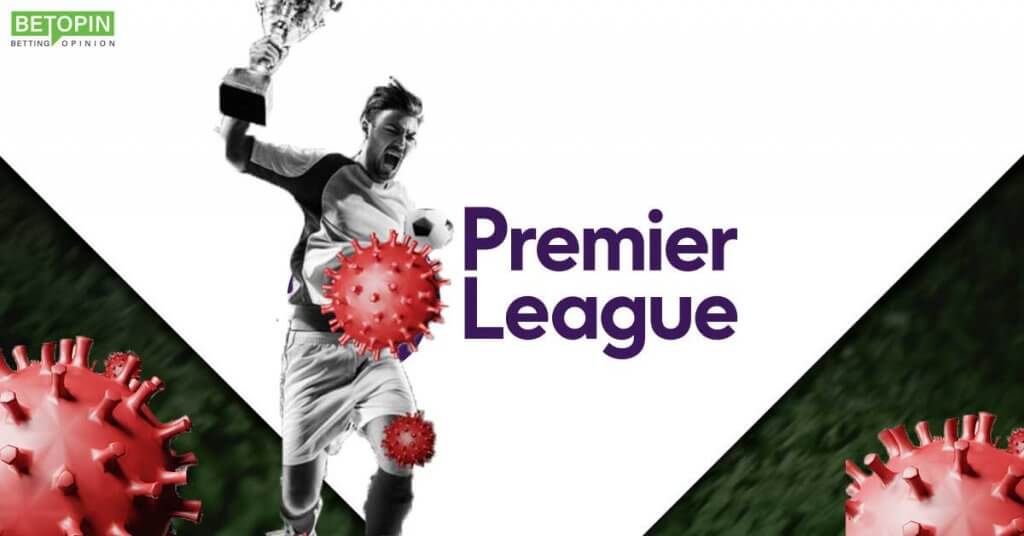Crowds Given Green Light to Return to Premier League Stadiums?
With sporting events delayed or cancelled left, right, and centre due to the coronavirus pandemic, the implications for football betting have been enormous. Although teams have been able to return to the pitches after the first national lockdown, they have only been allowed to play without spectators so far. However, with the recent regulations issued by the UK government in December 2020, fans should begin returning to the stadiums.
Nevertheless, the number of people allowed is still limited, and it varies from county to county, based on the severity of the epidemiological situation.
Unfortunately, this means that the stadiums in Restriction Tier 3 weren’t able to welcome football fans, while those in lower-risk areas were allowed to accept audiences in reduced capacities.
In any case, the clubs and the media have been forced to find new ways of accommodating the crowds who could no longer be physically present during the matches.
Imaginative Solutions
Without a doubt, people have been extremely creative in their efforts to keep the semblance of normality. In May 2020 one German filmmaker and sports enthusiast, Ingo Müller, came up with having cardboard cutouts with pictures of fans installed in stadium seats to compensate for the lack of live audience.
The project received much more attention and approval than initially anticipated, and the cardboard fans could soon be seen in stands across Germany and worldwide. Even the Premier League joined in on the frenzy in June 2020. Individual tickets cost around €20, and the gross income went to charity.
An Iceland-based digital technology company, OZ Sports, went even further in its attempt at fan inclusion. While the stadiums might have been physically empty, the company was set to project digital avatars of spectators in stadium seats.
After the matches resumed in June 2020, the importance of crowd noise during games was becoming increasingly apparent. It was even backed by research, which found that people watching the games from home relied on crowd noises to infer what was happening on the pitch.
Therefore, sports broadcasters came up with the idea of augmenting the matches with team-specific noises. However sophisticated, the digital audience could never replace the real thing, but it served the purpose of making the games sound more appealing.
Recent Developments
In the middle of December 2020, a total of four Premier League teams were allowed audience admissions. Tier 1 regions permitted a maximum of 4,000 spectators during the games, but this did not apply to the Premier League since most of these clubs were in Tier 2 and Tier 3 areas.
Brighton, Everton, Southampton, and Liverpool could host a maximum of 2,000 spectators. However, the regulations changed during the holidays, thanks to the discovery of the new strain of the virus.
Therefore, as Brighton and Hove moved to Tier 4 on Boxing day and Southampton joined them on Dec 26, only Liverpool and Everton remained unaffected by the change. Spectators could watch the clash between Everton and Sheffield United on Dec 26 and Liverpool’s game against West Brom at Anfield the day after.
Still, as the numbers of COVID-19 cases surged after the holidays, the government was forced to implement new restrictive measures, issuing a nation-wide lockdown on Jan 4, 2021.
What the Future Holds
Regardless of the effort football associations around the world have put into making the games seem normal, the sheer absence of the crowds has dramatically impacted the overall energy on the pitch. Therefore, the current situation is deemed to have an adverse effect on football and sports in general.
With government officials claiming that the UK has reached the worst point of the pandemic, it is highly unlikely Premier League clubs will be allowed to host fans anytime soon. The previous national lockdown lasted from March to June 2020. If we are to draw conclusions from this experience, the stadiums will probably stay empty until the very end of the season in May.
On the other hand, with the knowledge that we now have and the ongoing immunisation process, we can reasonably expect the situation to go back to normal in time for the beginning of the new season in August.
While there won’t be a quick fix for the live-match-starved audiences, football will likely bounce back to its pre-coronavirus state.











